In a field dominated by men, women have been showcasing their love and aptitude for architecture and design for several years now. It seems paradoxical that gender inequality is still rampant and that architecture continues to be a challenging career path for women in the 21st century. However, some women architects have upended stereotypes about the profession and left a significant influence on modern design as we see it today. Let's highlight the remarkable accomplishments of women architects across the globe.

Zaha Hadid – The Vitra Fire Station
Renowned architect Zaha Hadid created the ground-breaking architectural masterpiece known as the Vitra Fire Station in Weil am Rhein, Germany. Constructed in 1993, the building is a striking example of modern art as well as a fire station. The Vitra Fire Station's dynamic, sculptural form, which seems to bend and twist in a fluid motion, sets Hadid's design apart.
Visitors and bystanders are drawn in by the building's asymmetrical composition and aggressive geometric shapes, which create a sensation of movement and intensity. Bright stainless-steel panels covering the fire station's façade enhance its visual impact by reflecting the changing light throughout the day. The interior spaces, with their huge proportions, curved walls, and unexpected features, are equally remarkable!

Maya Lin – The Vietnam Veterans Memorial
One of America's most poignant and recognisable memorials is the Vietnam Veterans Memorial in Washington DC. In 1981, a national design competition selected the memorial's design, created by Yale University architecture student Maya Lin, then 21 years old. The design by Maya Lin is a straightforward, yet powerful illustration of introspection and remembrance.

The names of around 58,000 soldiers and women who lost their lives or disappeared during the Vietnam War are engraved on two black granite walls that are embedded into the ground. There is a strong sense of closure and convergence as the walls create a V shape, with the apex facing the Lincoln Memorial.
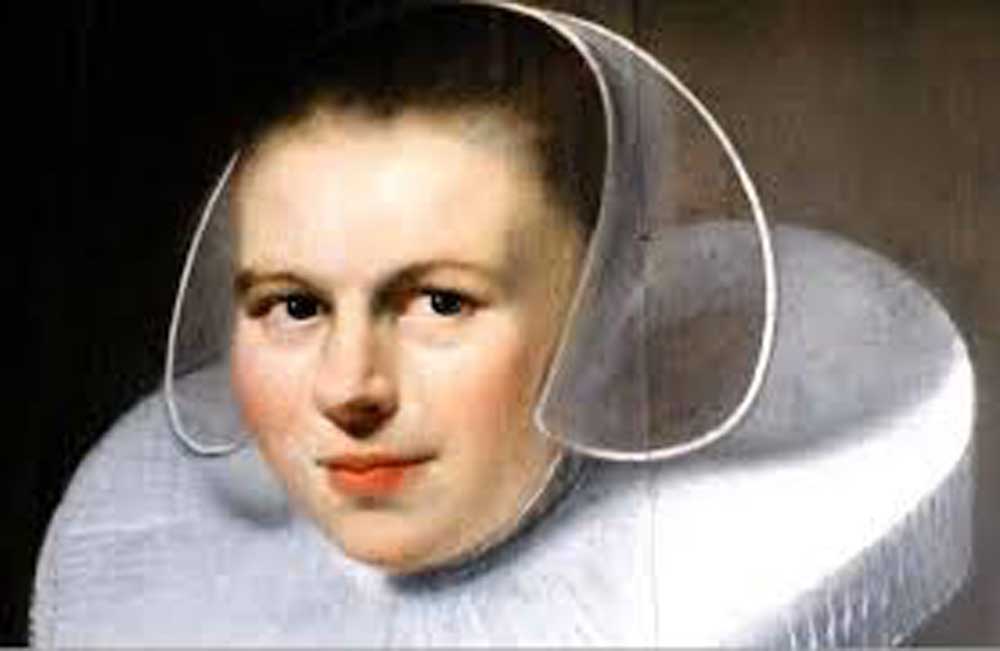
Katherine Briçonnet - Château de Chenonceau
Château de Chenonceau is a magnificent château that crosses the River Cher in the Loire Valley of France. When Thomas Bohier, Katherine Bricçonnet's husband, bought the property in 1513, it was just a dilapidated home and mill. ‘Women in Architecture from History to Future’ states that while her husband was overseas, Briçonnet took over the renovation project and the addition of a pavilion as well as spearheading the overall design. She is well-known for designing a straight staircase that led to the second floor of the house.
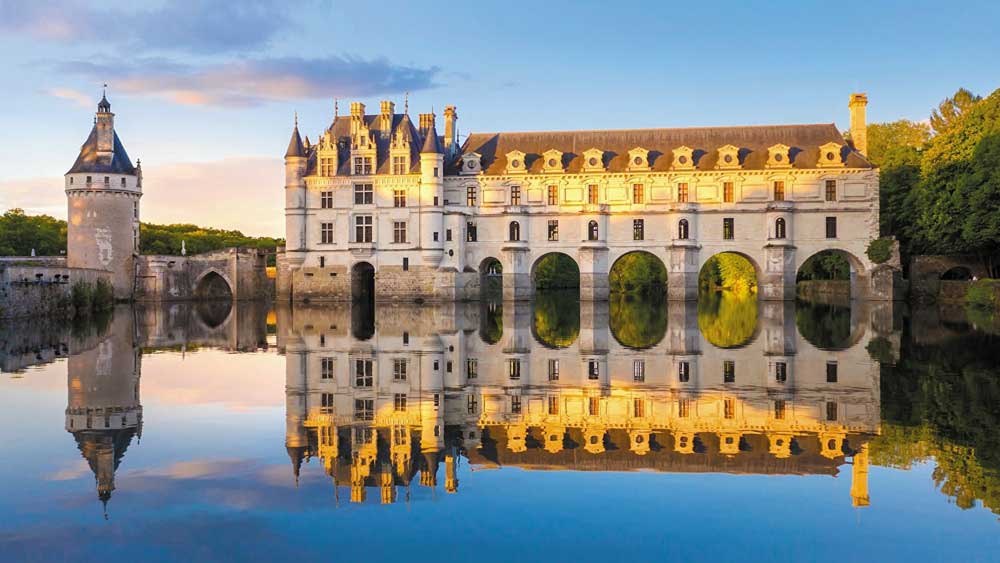
Previously, only spiral staircases were utilised in France; this was the country's first straight staircase. Briçonnet was so pleased with her work on the house and pavilion that she had the words ‘S'il vient à point, my souvenir,’ or ‘If it is built, I will be remembered,’ inscribed above the courtyard door.

Julia Morgan - Hearst Castle
Hearst Castle, completed in 1947, is a tribute to Julia Morgan's exceptional talent, creativity, and craftsmanship. Every year, millions of visitors take in its beauty, history, and architectural significance, making it one of California's most visited tourist destinations. Hearst Castle is considered one of the finest examples of American home architecture and has been designated a National Historic Landmark. ‘La Cuesta Encantada’ (the Enchanted Hill) is another name for Hearst Castle.
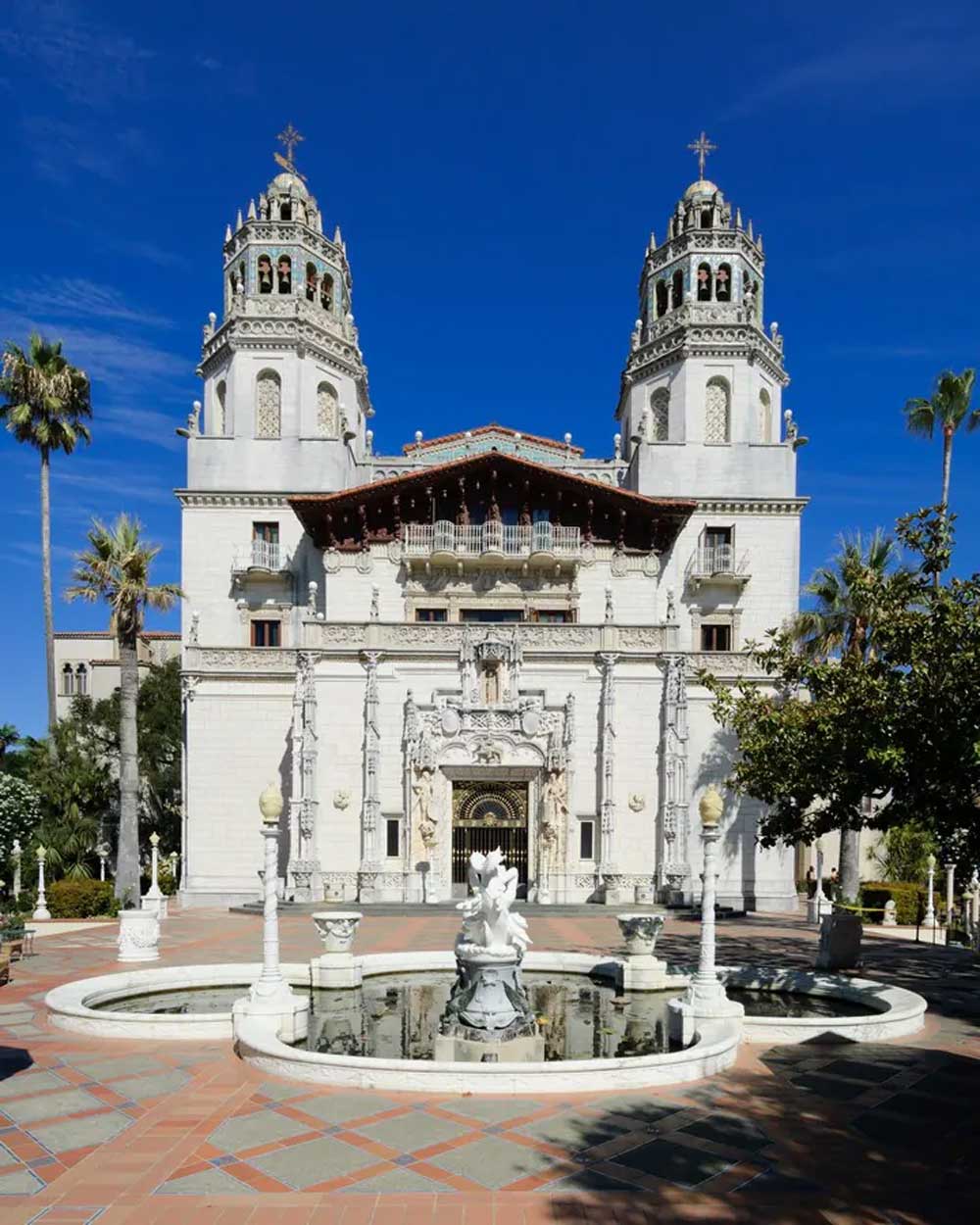
Known for its richness, grandeur, and architectural genius, Hearst Castle is situated in San Simeon, California, and was constructed by newspaper tycoon William Randolph Hearst. Situated on a hill with a view of the Pacific Ocean, Hearst Castle is a large estate including a main house, guesthouses, gardens, pools, and a private zoo. Working with William Randolph Hearst for almost 30 years, Julia Morgan designed each element of the house in a way that combined Gothic Revival, Spanish Colonial Revival, and Mediterranean Revival elements.
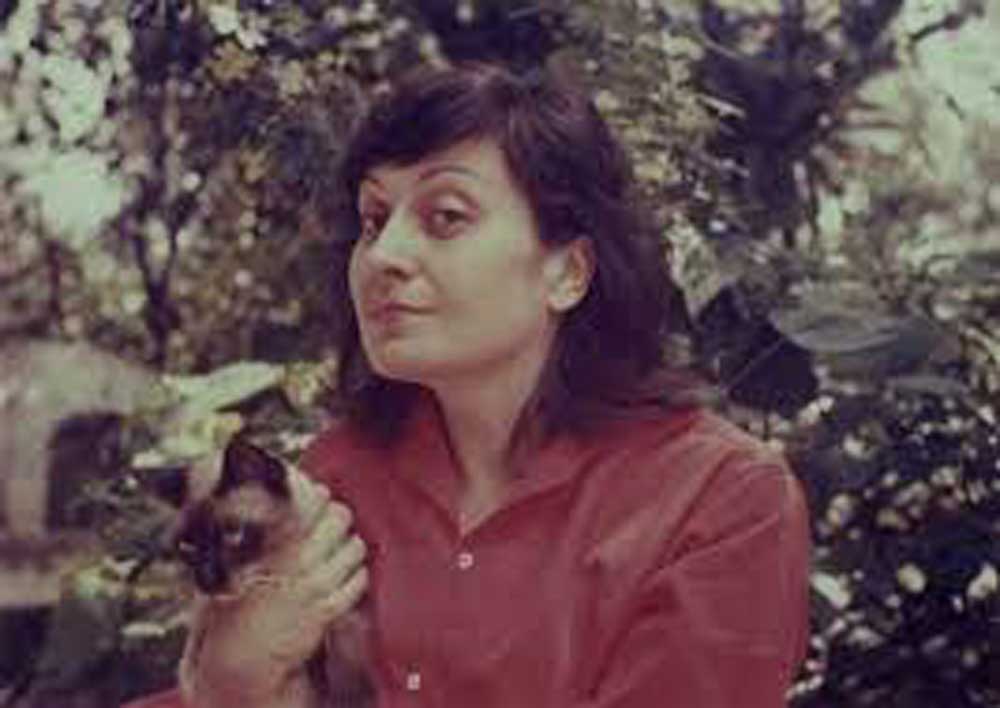
Dona Lina - SESC Pompeia Leisure Center
Constructed in 1982 in São Paulo, Brazil, the SESC Pompeia is one of Dona Lina's most recognisable structures. It is a repurposed factory project with enormous concrete towers, asymmetrical portholes in place of windows, and aerial walkways.
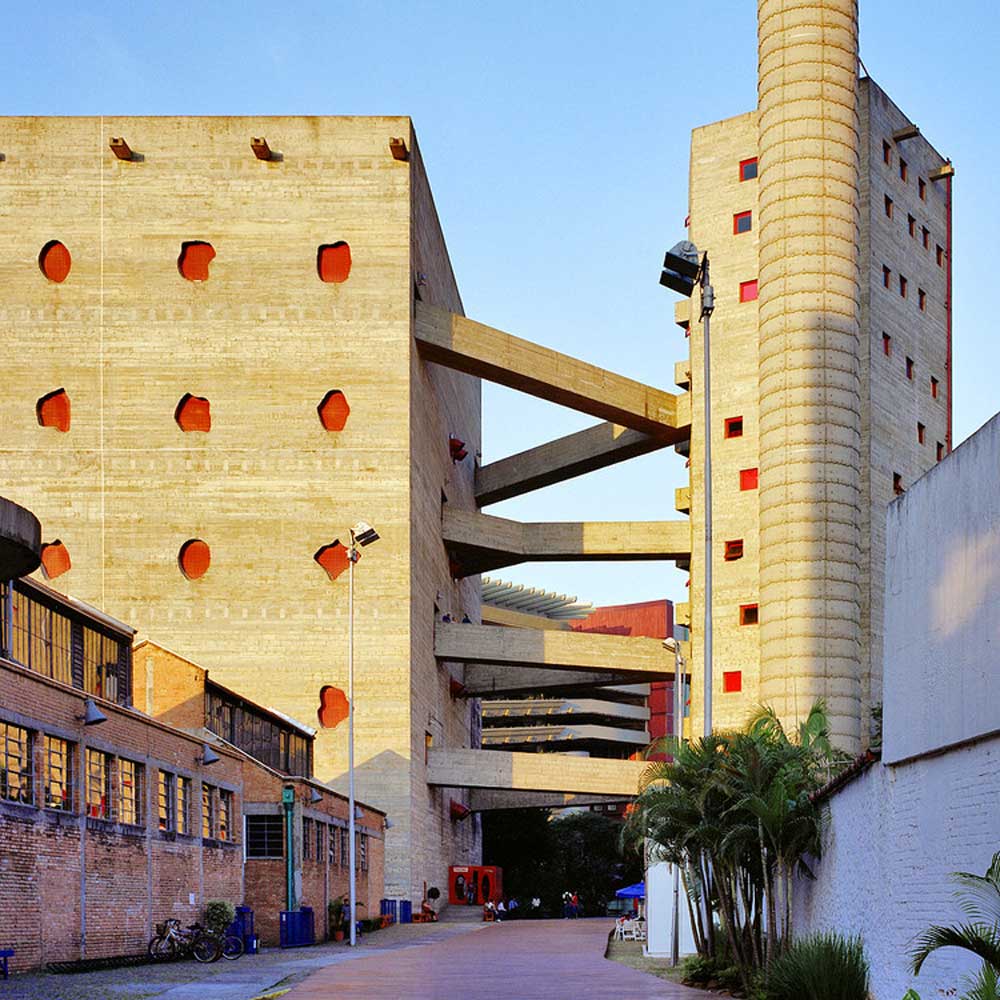
Bo Bardi's vision of the world, which she referred to as a ‘socialist experiment,’ was visualised through the industrial cell's unconventional design and seemingly ruthless methodology.
Image source: Re-thinking the future